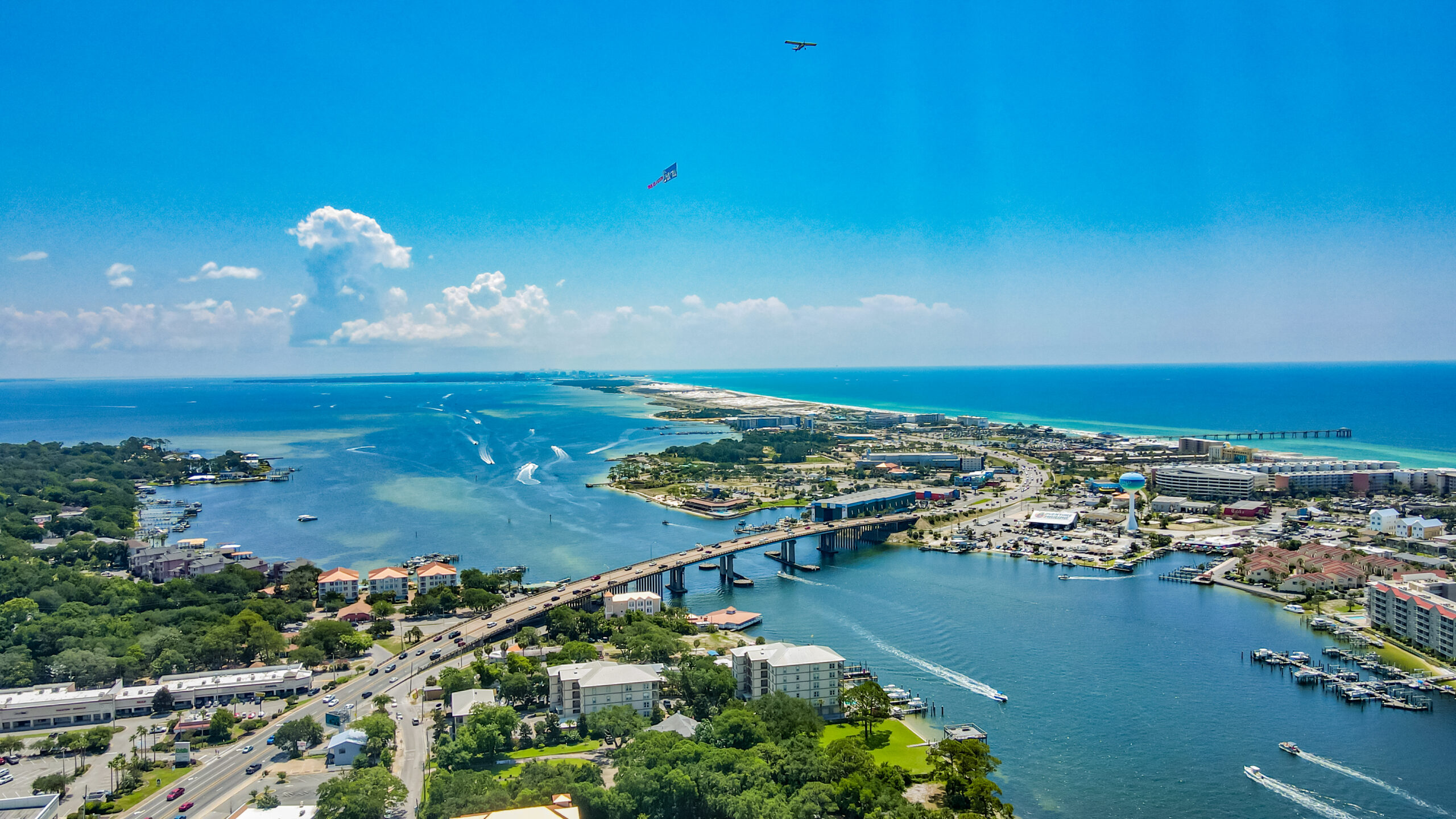There are four major ligaments, or “restraints” to the knee joint. They include the anterior cruciate ligament (ACL), posterior cruciate ligament (PCL), medial collateral ligament (MCL), and posterior lateral complex (PLC).
The PLC is on the outer side of the knee and has three major components: the fibular collateral ligament (FCL, sometimes referred to as the LCL), the popliteus muscle and tendon, and the popliteofibular ligament. The FCL can become damaged or torn with certain twisting injuries. Commonly, this injury is sustained in high movement athletics such as football or soccer. In some instances, the FCL may heal on its own after an injury; however, in certain instances, the ligament is torn to the extent that an FCL reconstruction is necessary.
By examining the knee and obtaining X-rays where the ligament is stressed, it is possible to determine which injuries will heal without surgery and which will require surgery. If surgery is needed, Dr. Anz will perform an open FCL reconstruction, which will involve either harvesting one of a patient’s hamstring tendons or the use of a donor tendon, which is also called an allograft.
After surgery, physical therapy is extremely important in order to obtain an optimal result. Physical therapy begins immediately; however, knee range of motion is limited for 2 weeks. Patients also cannot place weight on their leg for 6 weeks, as this is the amount of time which is necessary for tendon to heal to bone. Strengthening begins at 8 weeks, and patients typically return to jogging at about 6 months depending on the extent of the injury.

—
For additional information on FCL knee injuries, or to learn more about FCL reconstruction surgery, please contact the Gulf Breeze, Florida orthopedic surgeon, Dr. Adam Anz located at the Andrews Institute.




